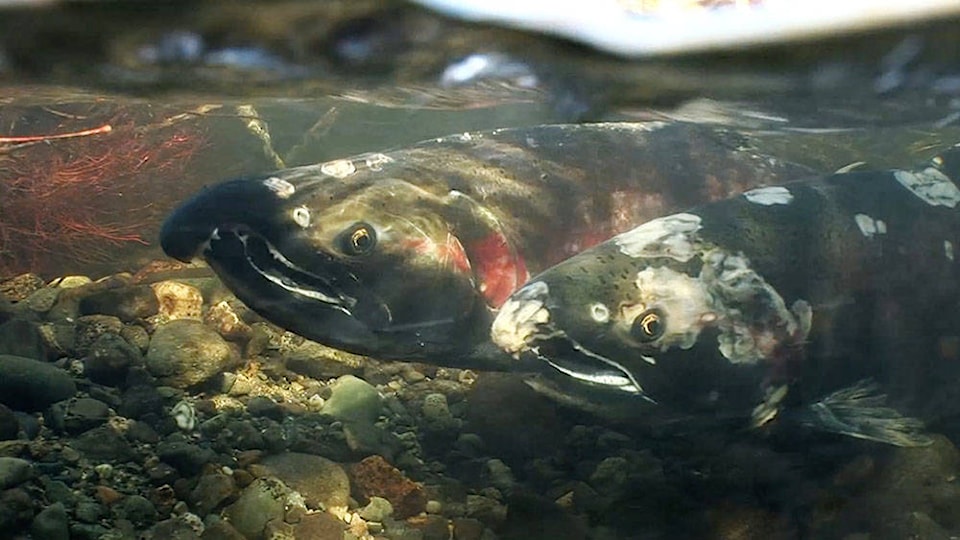Fisheries and Oceans Canada (DFO) has loosened its restrictions on catching chinook in North Coast tidal waters, allowing for a recreational catch limit of two per day in Areas 3 to 6.
A complete ban on chinook retention remains in place for recreational fishers in the Skeena and Nass rivers.
The notice on Wednesday, Aug. 1, updates the department’s June 1 action of a precautionary 25 to 35-per-cent reduction in recreational chinook marine fisheries by limiting catches to one per day in most North Coast areas.
There are no signs of DFO lifting its ban on recreational chinook in the Skeena River. Multiple attempts to contact DFO have been unsuccessful.
The update comes as return rates of sockeye at the Tyee Test Fishery have exceeded forecasts and DFO is allowing for some limited fisheries. Sockeye numbers have exceeded the 800,000 threshold and reached over one million as of Aug. 1.
DFO said last week they they have delayed a Skeena River recreational fishery for sockeye, pink and coho over concerns for chinook, but were considering an opening for Aug. 7.
“The reason why we were delaying … is there have been lots of concerns for the chinook in the river and the places where the chinook are holding are often the same places where the recreational sockeye fishing would take place,” Colin Masson, North Coast area director for DFO said earlier.
“This gives a little more time for the chinook to move through into the sporting areas and enables a coordinated opening for recreational harvesting.”
The Gitksan Watershed Authority (GWA) released an update that included the DFO numbers and its own. It also said it did not support opening recreational fishing for coho nor pink salmon on Aug. 7.
“[The DFO] claim this opening is based upon high coho abundances in recent years, however we have argued there is no legitimate data supporting such an opening,” read the July 31 release.
It went on to read that the GWA is especially concerned over an absence in numbers and data for coho.
It also read that,” although the trigger level for a recreational opening on sockeye has been surpassed, we have yet to receive consultation from DFO on such an opening.”
It did say that the food fishery for sockeye is looking healthy with fish swimming in abundance. As of July 31, the GWA said, “the Gitksan have jointly caught 8,816 sockeye in the Drift net and Set net fisheries. This catch is the result of a total effort of 1,605 recorded sets.”
The release added that as of July 31, the Gitksan caught 4,325 chinook and 1,268 jack chinook in the set net fishery alone. On July 26, GWA said it did the first of a series of chinook spawner counts by helicopter of the Kispiox River, counting about 825 chinook mostly holding.
“Recent declines and added pressure on Skeena chinook make this information critical for informed management. Our most recent full counts were in 2010 which had approximately 2,000 chinook in early August,” read the GWA release.
While the Skeena recreational sockeye fishery remained closed last week, a commercial seine fishery was open from Aug. 1 to 5 in sections of Area 4 around Prince Rupert. DFO also increased the number of open subareas for the gillnet commercial fishery running Aug. 2 until 10 p.m.
On July 26 seiners from as far as Vancouver travelled to Prince Rupert in hopes of an opening.
-With files from Keili Bartlett
